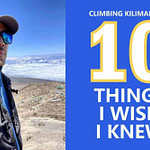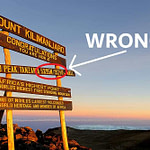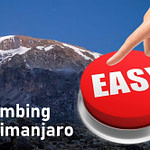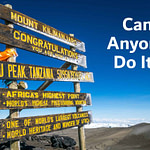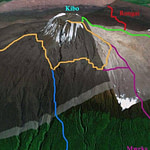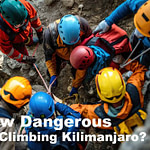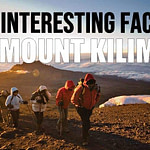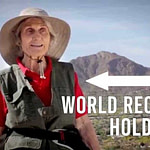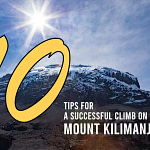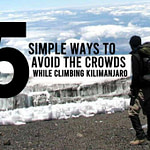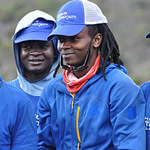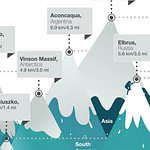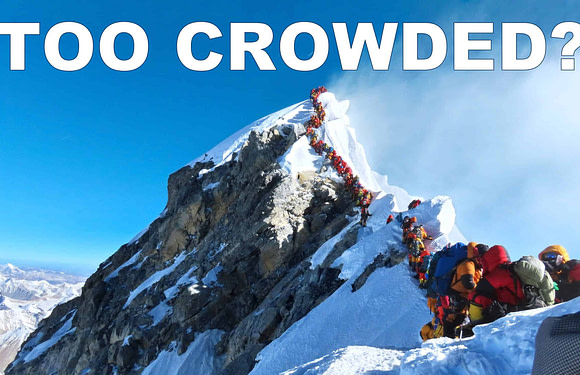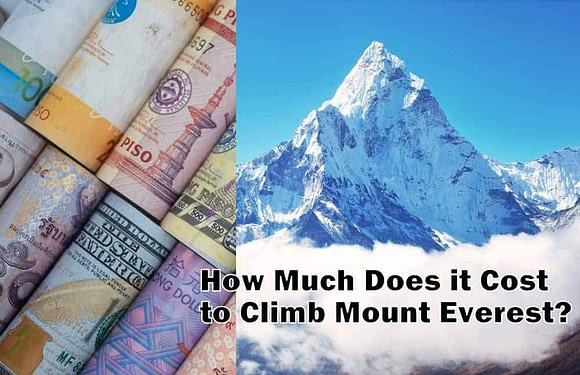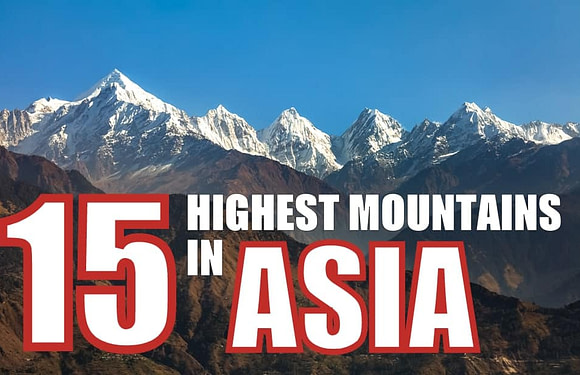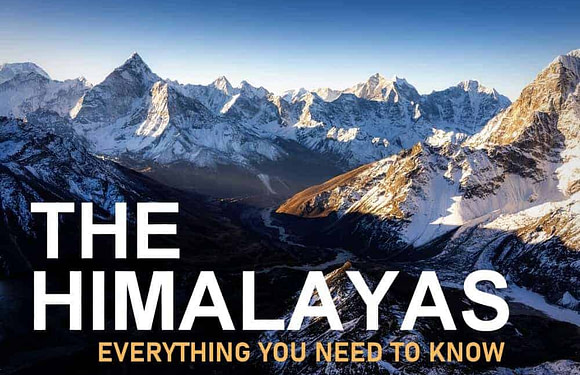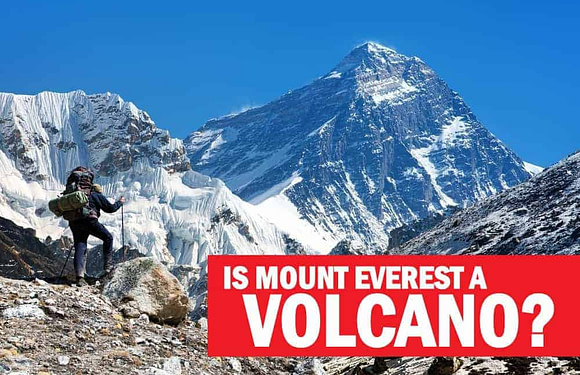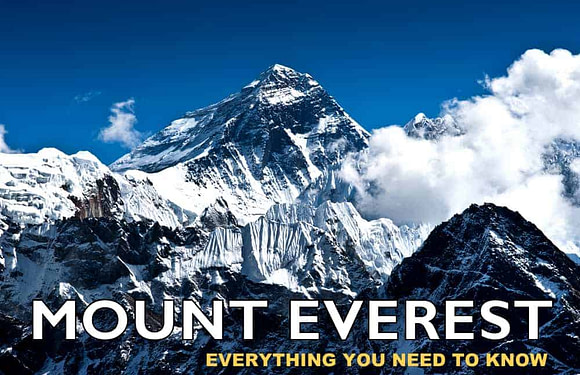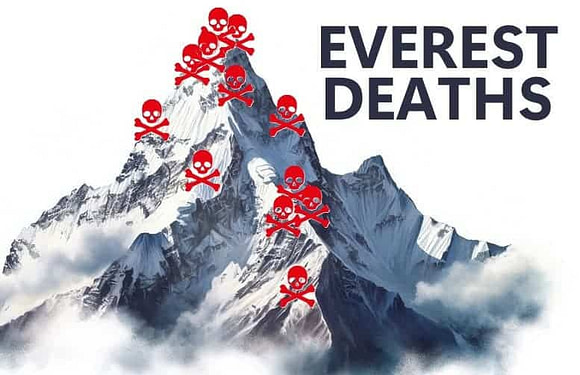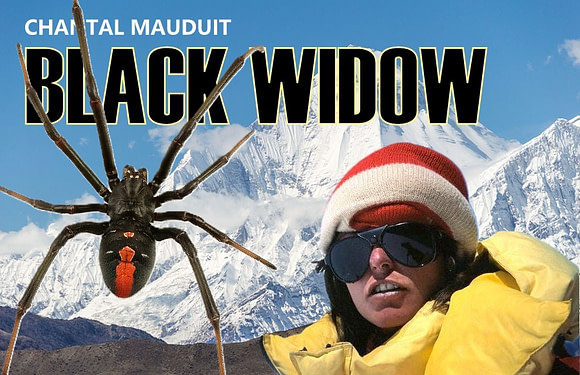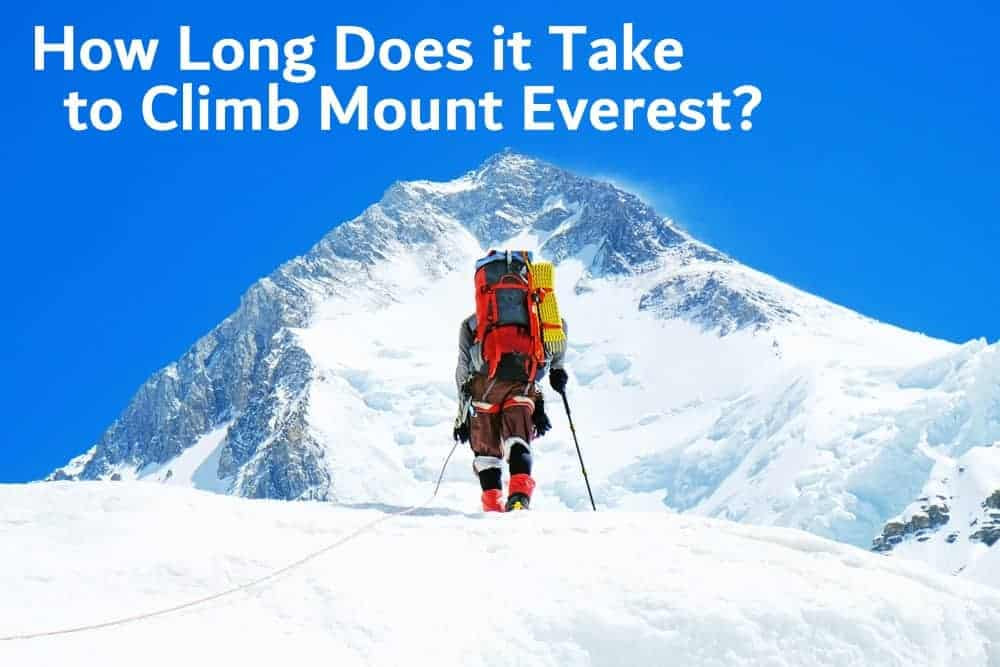
Climbing Mount Everest is a monumental challenge that requires extensive preparation, patience, and a clear understanding of the risks involved. The duration of an Everest expedition varies, typically taking between 6 to 10 weeks from arrival in Nepal to the summit and back. This includes crucial acclimatization, preparation for the final ascent, and waiting for suitable weather conditions.
Standard Timeframe for an Everest Expedition
A standard expedition to Mount Everest usually spans 6 to 10 weeks. This period accounts for the trek to Base Camp, the acclimatization process, and the summit push. The journey is far more than just the final ascent; it involves carefully planned stages to ensure climbers adapt to the extreme altitude and minimize the risk of altitude sickness.

Breakdown of the Climb
Acclimatization Period (4-6 Weeks)
Acclimatization is one of the most critical phases of an Everest climb and can take 4 to 6 weeks. The process begins with the trek to Everest Base Camp on the south side in Nepal, sitting at an altitude of 17,598 feet (5,364 meters). This trek alone takes about 8 to 10 days, allowing climbers to gradually adjust to the increasing altitude.
Once at Base Camp, climbers spend several weeks making rotation climbs to higher camps. Typically, they ascend to Camp 1 and Camp 2 and sometimes up to Camp 3, then return to Base Camp to rest. These rotations help the body adapt to the thin air, reducing the risk of altitude sickness. This phase involves a lot of waiting at Base Camp and at various points on the mountain, allowing climbers’ bodies to adjust to the high altitudes gradually.
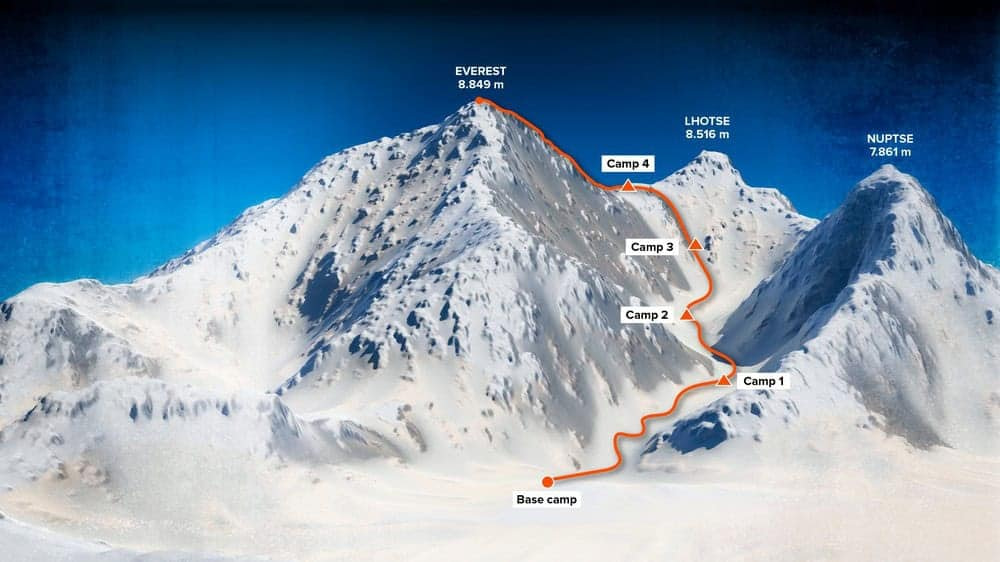
Summit Push (4-7 Days)
The summit push is the most demanding part of the expedition, typically lasting 4 to 7 days. Climbers make their way from Base Camp to the summit in stages:
- Base Camp to Camp 2 (about 1-2 days): Climbers start the push by moving from Base Camp through the treacherous Khumbu Icefall to reach Camp 2.
- Camp 2 to Camp 3 (1 day): The route continues up the Lhotse Face, a steep, icy wall leading to Camp 3 at around 23,625 feet (7,200 meters).
- Camp 3 to Camp 4 (1 day): Climbers ascend to Camp 4 on the South Col, situated at 26,000 feet (7,925 meters), entering the “death zone” where oxygen levels are perilously low.
- Camp 4 to Summit and Back to Camp 4 (1-2 days): The final ascent to the summit begins, usually at night, to reach the top during the brief morning weather window. Climbers pass the infamous Hillary Step and push to the summit at 29,032 feet (8,849 meters). After a short stay at the top, they quickly descend to Camp 4 to reduce the risk of altitude-related illnesses.
- Descent to Base Camp (2-3 days): The descent is nearly as challenging as the ascent, requiring careful navigation of treacherous terrain.
Weather Delays
Weather conditions are a major factor that can prolong an Everest expedition. Climbers often have to wait for the right weather window, which typically occurs in late May. Strong winds, heavy snowfall, and rapidly changing weather can delay the summit push, forcing climbers to remain at higher camps or Base Camp for several days or even weeks.
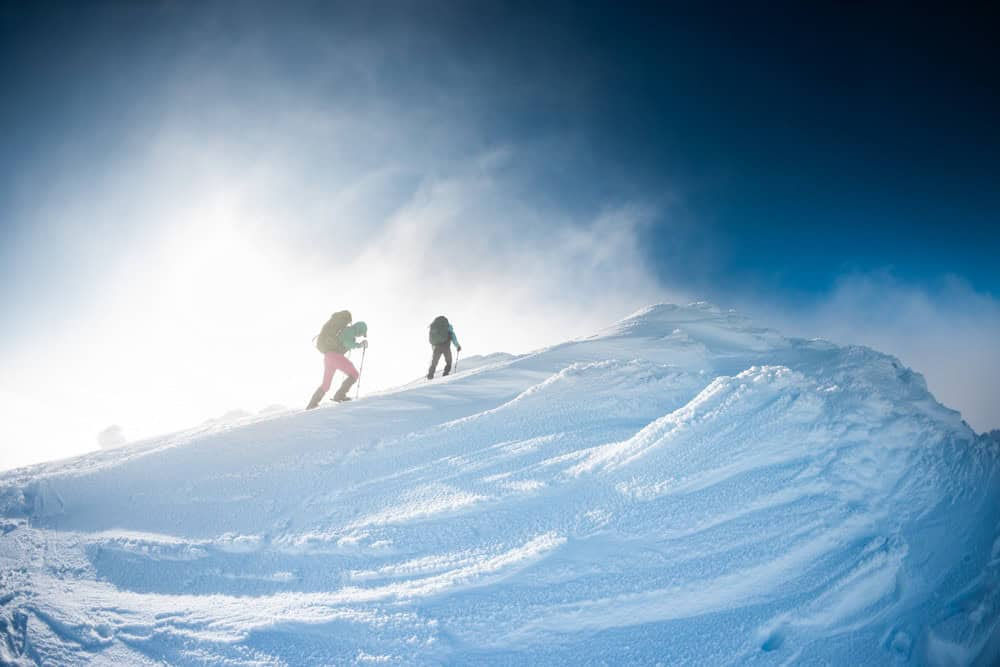
Factors Affecting the Duration
Weather Conditions
The weather on Mount Everest is notoriously unpredictable. High winds and sudden storms can create dangerous conditions, delaying the summit push. Climbers often wait for a window of calm weather, known as a weather window, which may only last a few days. The ideal window is usually in the spring (May) or autumn (late September to early October).
Climber’s Fitness and Experience

A climber’s physical fitness and experience significantly impact the speed and safety of the ascent. Experienced mountaineers who have previously tackled high-altitude peaks may move faster through acclimatization rotations and require less time to recover at Base Camp. Conversely, less experienced climbers may need to take a slower approach to ensure they acclimatize properly.
Route Choice
The duration can also vary depending on the chosen route. The South Col route via Nepal is the most popular and has more established infrastructure, while the North Col route via Tibet can present different challenges, such as harsher weather conditions. The North Col route may take longer due to its more challenging terrain and typically involves additional acclimatization days.
Support and Logistics
The presence of support teams, including Sherpas and guides, can influence the duration of the climb. Sherpas help set up camps, carry equipment, and fix ropes, which can make the climb more efficient. Well-organized logistics, including pre-set camps and stocked supplies, can reduce the time spent on the mountain.
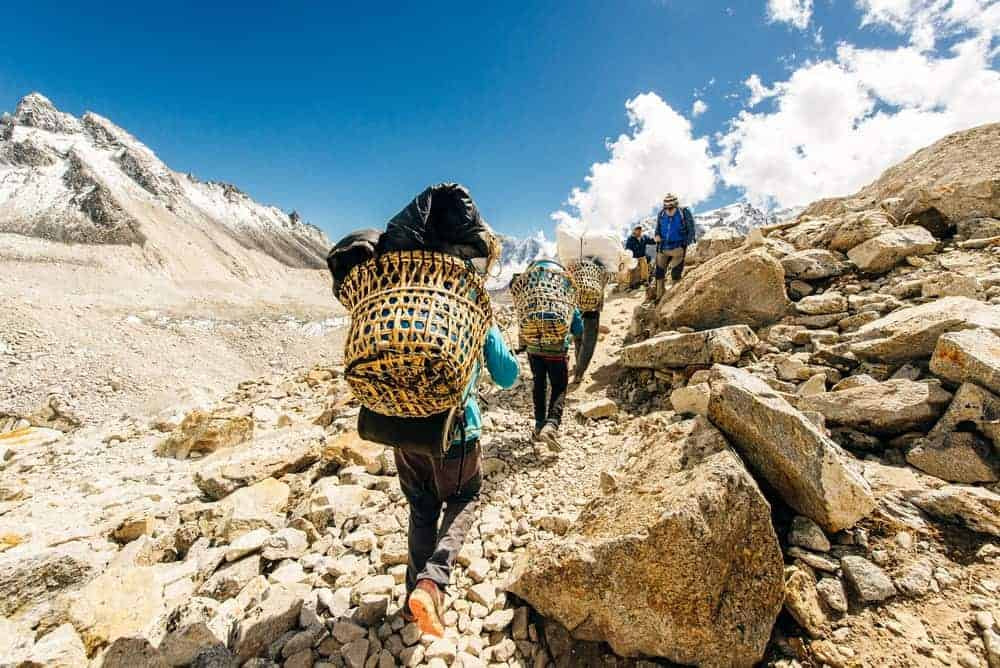
Alternative Climbing Approaches
Rapid Ascents (4-6 Weeks)
Some climbers now opt for rapid ascents using pre-acclimatization techniques. This approach involves using hypoxic tents to acclimatize at home before arriving in Nepal. Climbers then fly directly to higher camps or Base Camp via helicopter, reducing the overall expedition time to about 4 to 6 weeks. However, this method is controversial and risky, as it reduces the time the body has to adjust to the altitude.
Shorter Expeditions (3-4 Weeks)
A few highly experienced climbers, who have previously acclimatized on other high-altitude peaks, attempt shorter expeditions of 3 to 4 weeks. They skip the traditional acclimatization process, relying on their prior acclimatization and experience to make a rapid summit attempt. This approach is extremely dangerous and not recommended for the average climber.

Post-Summit: Descent and Recovery
Descending from the summit back to Base Camp typically takes 3 to 7 days. Climbers often descend directly from Camp 4 to Base Camp in a matter of days, depending on their condition and weather. After reaching Base Camp, many spend time at lower altitudes to recover, as the body needs to recuperate from the stresses of high-altitude climbing.
Why Rushing Can Be Dangerous
Rushing the climb increases the risk of altitude sickness, frostbite, and other potentially fatal conditions. Adequate acclimatization is crucial; the body needs time to adapt to the low oxygen levels found at high altitudes. Skipping or shortening this process can lead to severe consequences, including high-altitude cerebral edema (HACE) or high-altitude pulmonary edema (HAPE). A cautious, well-paced approach is essential for a safe ascent and descent.
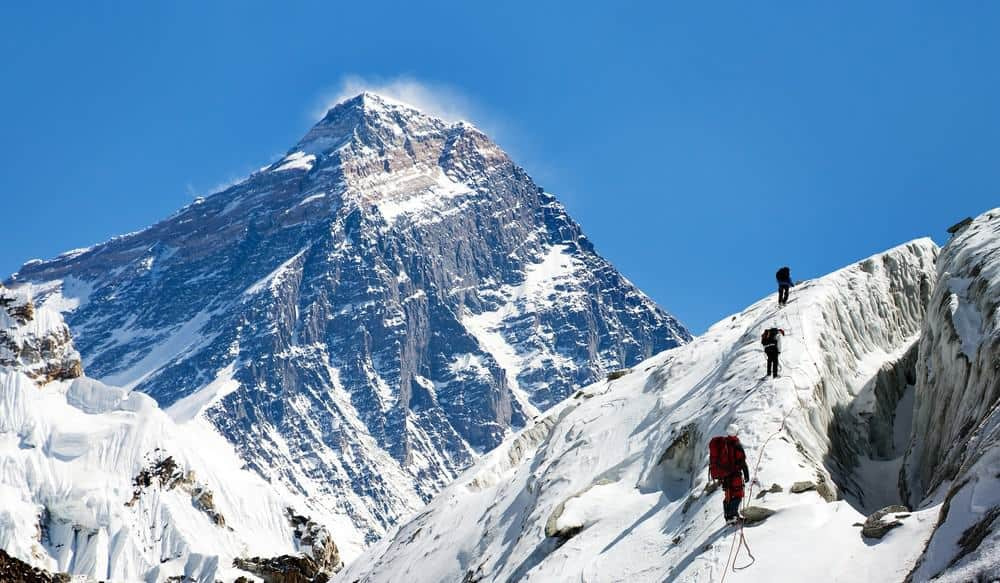
Comparison to Climbing Mount Kilimanjaro
In contrast to Mount Everest’s lengthy 6 to 10-week expedition, climbing Mount Kilimanjaro typically takes a much shorter duration, ranging from 5 to 9 days depending on the chosen route.
Kilimanjaro, standing at 19,341 feet (5,895 meters), doesn’t require the same extensive acclimatization process as Everest since it does not involve extreme altitudes or technical climbing. The trekking routes on Kilimanjaro are designed to allow for gradual acclimatization over several days, making it a more accessible climb for those with limited time.
Unlike Everest, Kilimanjaro doesn’t involve setting up multiple high-altitude camps or waiting for narrow weather windows. This makes it a more straightforward and less time-consuming adventure, ideal for trekkers looking to summit one of the Seven Summits without the extended commitment required for Everest.
Want to climb Kilimanjaro? Start here.


